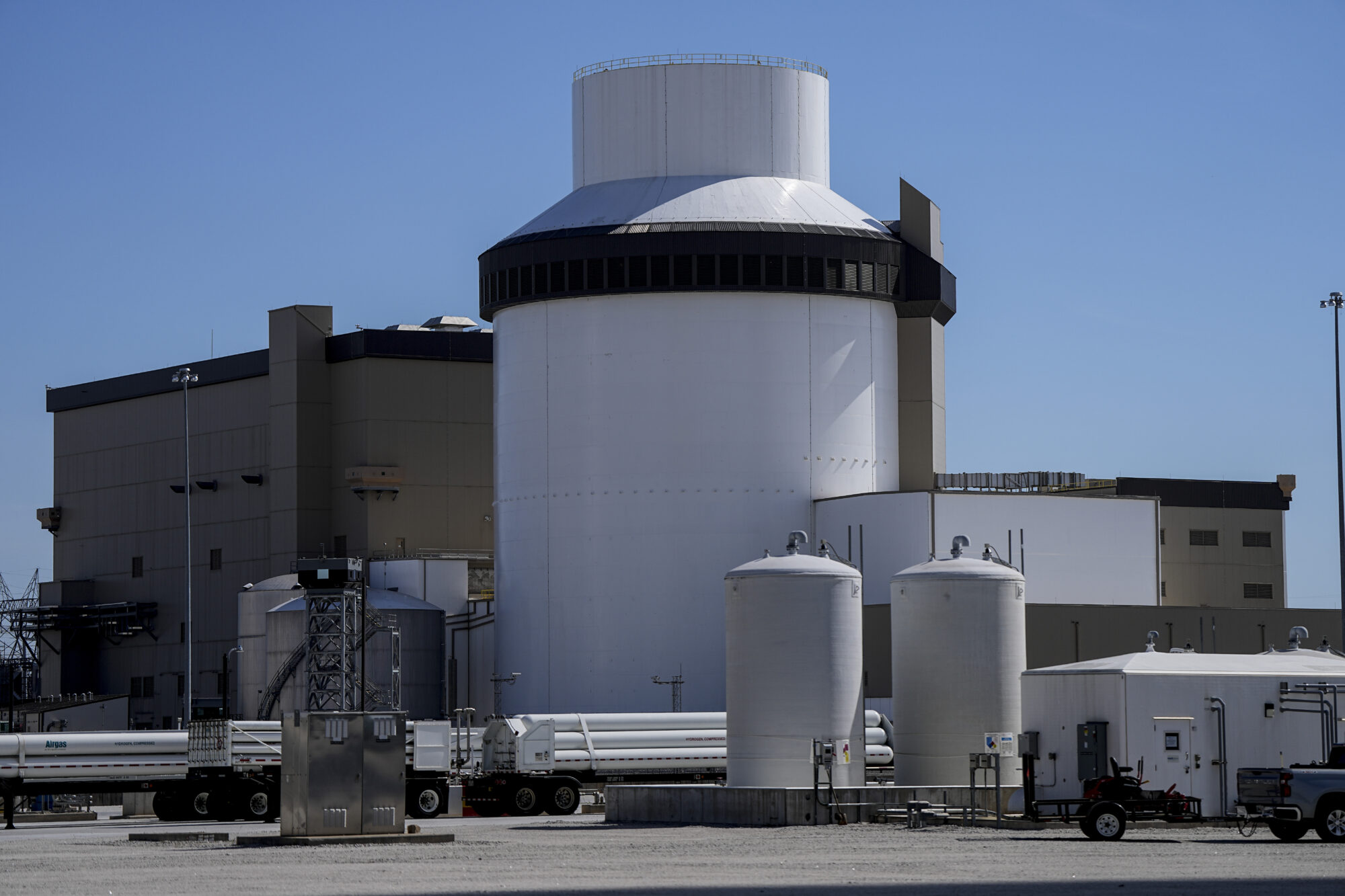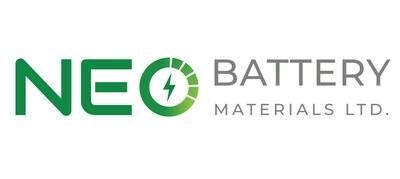Vast majority of new US power plants generate solar or wind power – Ars Technica

Report on United States Power Generation Expansion and Alignment with Sustainable Development Goals
Market Dynamics and Sustainable Energy Demand
Despite perceptions of a slowdown, the momentum for expanding energy infrastructure continues, driven by rising electricity demand from data centers and other large-scale consumers. This trend favors energy technologies that are both cost-effective and rapidly deployable. The primary beneficiaries are solar, battery storage, and natural gas, which align with the objectives of Sustainable Development Goal 7 (Affordable and Clean Energy) by meeting growing energy needs while progressively shifting towards cleaner sources.
Analysis of New Generating Capacity in the First Half of the Year
According to data from the Energy Information Administration (EIA), the first half of the year saw the addition of 341 new power plants and utility-scale battery systems, contributing a total of 22,332 megawatts of summer generating capacity. The composition of this new capacity underscores a significant commitment to renewable energy and modern infrastructure, directly supporting several SDGs.
- Utility-Scale Solar: 12,034 MW. This constitutes over half of the new capacity, marking substantial progress toward SDG 7 and SDG 13 (Climate Action) by expanding the share of renewable energy in the national grid.
- Battery Storage Systems: 5,900 MW. The rapid growth in battery storage is critical for enhancing grid stability and reliability, a key component of SDG 9 (Industry, Innovation, and Infrastructure), as it enables greater integration of intermittent renewable sources like solar and wind.
- Onshore Wind: 2,697 MW. Continued investment in wind power further diversifies the clean energy portfolio, contributing directly to the targets of SDG 7.
- Natural Gas: 1,691 MW. While a fossil fuel, natural gas additions provide firm capacity that ensures grid reliability, serving as a transitional energy source in the broader strategy to achieve sustainable energy for all under SDG 7.
Case Study: The Hornet Solar Project
The largest single new plant by capacity was the 600-megawatt Hornet Solar facility in Swisher County, Texas. Vesper Energy, the project’s developer, highlighted its role in delivering “reliable, domestic power to American homes and businesses.” This achievement is a tangible example of developing resilient, large-scale infrastructure that provides clean and reliable energy, directly aligning with the principles of SDG 7 and SDG 9.
Project Development and Infrastructure Resilience (SDG 9)
The successful completion of these projects is particularly noteworthy given the significant challenges they faced. Many were initiated during the COVID-19 pandemic and navigated high inflation, supply chain shortages, and complex grid connection approvals. According to Ric O’Connell of GridLab, the ability to bring these projects online despite such obstacles demonstrates the increasing resilience of the renewable energy development sector. This resilience is fundamental to achieving SDG 9, which calls for building reliable, sustainable, and resilient infrastructure.
Future Projections and Commitment to Sustainable Energy (2024-2030)
Looking forward, the EIA reports a robust pipeline of 254,126 megawatts from planned power projects through 2030. The composition of this future capacity indicates a sustained and accelerating shift towards sustainable energy sources, reinforcing the nation’s long-term commitment to the SDGs.
- Solar Power: With 120,269 MW planned, solar energy is set to lead future expansion, promising major advances in achieving the clean energy targets of SDG 7 and combating climate change as per SDG 13.
- Battery Storage: Planned capacity of 65,051 MW underscores the integral role of energy storage in creating a modern, flexible, and resilient grid, which is essential for supporting sustainable cities and communities (SDG 11) and innovative infrastructure (SDG 9).
- Natural Gas: At 35,081 MW, planned natural gas capacity is substantial but is clearly outpaced by solar and battery storage combined, signaling a strategic prioritization of investments in zero-emission technologies.
1. Which SDGs are addressed or connected to the issues highlighted in the article?
-
SDG 7: Affordable and Clean Energy
The article’s primary focus is on the generation of electricity, detailing the significant expansion of clean energy sources like solar and wind, alongside battery storage. This directly relates to providing clean and reliable energy.
-
SDG 9: Industry, Innovation, and Infrastructure
The text discusses the construction of new energy infrastructure, including “341 new power plants or utility-scale battery systems.” It highlights innovation in energy technologies that are “easiest to build and most cost effective, including solar, batteries, and gas,” which points to the development of sustainable and resilient infrastructure.
-
SDG 13: Climate Action
By emphasizing the dominance of renewable energy sources like solar and wind in new power generation, the article implicitly addresses climate action. The shift away from more carbon-intensive fuels towards renewables is a core strategy for mitigating climate change.
2. What specific targets under those SDGs can be identified based on the article’s content?
-
SDG 7: Affordable and Clean Energy
- Target 7.1: “By 2030, ensure universal access to affordable, reliable and modern energy services.” The article connects to this by mentioning the goal to “deliver reliable, domestic power to American homes and businesses” in response to rising electricity demand from “data centers and other large power users.”
- Target 7.2: “By 2030, increase substantially the share of renewable energy in the global energy mix.” This is the central theme of the article, which states that “More than half the total [new capacity] was utility-scale solar” and that solar and wind “have dominated new power generation capability.”
-
SDG 9: Industry, Innovation, and Infrastructure
- Target 9.1: “Develop quality, reliable, sustainable and resilient infrastructure…to support economic development and human well-being.” The article details the large-scale development of energy infrastructure, such as the “341 new power plants” and “254,126 megawatts of planned power plants.” The mention that these projects “stayed on track despite high inflation, parts shortages, and challenges” highlights their resilience.
- Target 9.4: “By 2030, upgrade infrastructure and retrofit industries to make them sustainable, with increased resource-use efficiency and greater adoption of clean and environmentally sound technologies…” The article directly supports this by showing that solar, wind, and batteries are the leading technologies for new power capacity, representing a significant adoption of clean technologies.
-
SDG 13: Climate Action
- Target 13.2: “Integrate climate change measures into national policies, strategies and planning.” The trend described in the article—where solar leads with “120,269 megawatts” of planned capacity—is a direct outcome of strategies and policies aimed at decarbonizing the energy sector, which is a fundamental climate change measure.
3. Are there any indicators mentioned or implied in the article that can be used to measure progress towards the identified targets?
-
Indicators for SDG 7 (Affordable and Clean Energy)
The article provides quantitative data that can serve as direct indicators:
- Indicator for Target 7.2 (Renewable Energy Share): The installed capacity of new renewable energy sources. The article specifies “12,034 megawatts” of new solar and “2,697 megawatts” of new onshore wind.
- Indicator for Target 7.1 (Reliable Energy): Total new generating capacity added to the grid. The article states this is “22,332 megawatts of summer generating capacity” in the first half of the year, which measures the effort to maintain a reliable supply.
-
Indicators for SDG 9 (Industry, Innovation, and Infrastructure)
The article contains several metrics for measuring infrastructure development:
- Indicator for Target 9.4 (Adoption of Clean Tech): The number and capacity of new clean energy installations. The article mentions “341 new power plants or utility-scale battery systems” and provides a breakdown by technology type (solar, wind, batteries, gas).
- Indicator for Target 9.1 (Sustainable Infrastructure Development): The scale of planned infrastructure projects. The article cites “254,126 megawatts of planned power plants” as a forward-looking indicator of sustainable infrastructure growth.
-
Indicators for SDG 13 (Climate Action)
Progress on climate action can be measured by the following implied indicator:
- Indicator for Target 13.2 (Integration of Climate Measures): The proportion of planned energy capacity from renewable sources. The article indicates that of the 254,126 MW of planned capacity, “Solar is the leader with 120,269 megawatts,” which demonstrates a clear strategic shift towards low-carbon energy.
4. Create a table with three columns titled ‘SDGs, Targets and Indicators” to present the findings from analyzing the article.
| SDGs | Targets | Indicators |
|---|---|---|
| SDG 7: Affordable and Clean Energy | Target 7.2: Increase substantially the share of renewable energy in the global energy mix. | Installed capacity of new renewable energy sources (e.g., “12,034 megawatts” of solar and “2,697 megawatts” of wind added). |
| SDG 7: Affordable and Clean Energy | Target 7.1: Ensure universal access to affordable, reliable and modern energy services. | Total new power generation capacity added to ensure reliability (e.g., “22,332 megawatts of summer generating capacity”). |
| SDG 9: Industry, Innovation, and Infrastructure | Target 9.4: Upgrade infrastructure… with greater adoption of clean and environmentally sound technologies. | Number and capacity of new clean technology installations (e.g., Solar, wind, and batteries dominating the “341 new power plants”). |
| SDG 9: Industry, Innovation, and Infrastructure | Target 9.1: Develop quality, reliable, sustainable and resilient infrastructure. | Total planned capacity of new sustainable infrastructure (e.g., “254,126 megawatts of planned power plants”). |
| SDG 13: Climate Action | Target 13.2: Integrate climate change measures into national policies, strategies and planning. | Planned capacity of renewable energy as a measure of strategic integration (e.g., “Solar is the leader with 120,269 megawatts” of planned capacity). |
Source: arstechnica.com

What is Your Reaction?
 Like
0
Like
0
 Dislike
0
Dislike
0
 Love
0
Love
0
 Funny
0
Funny
0
 Angry
0
Angry
0
 Sad
0
Sad
0
 Wow
0
Wow
0












































































